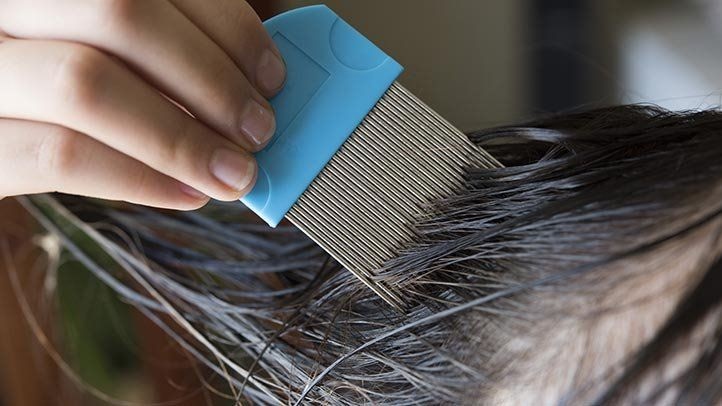
Effective Lice Treatment: What Virginia Residents Need to Know
Head lice infestations, a common occurrence especially among school-aged children, have long been a source of discomfort and distress for many households. In Virginia, like in many other places, tackling this issue requires a combination of accurate information, effective treatment strategies, and community awareness.
The Challenge of Lice in Virginia
Virginia, with its combination of urban centers and sprawling suburbs, presents unique challenges in managing lice outbreaks. Schools, summer camps, and communal activities can be hotspots for lice transmission. With a culture of community and togetherness, the state requires an informed approach to tackle this pesky problem effectively.
Effective Treatment Methods
Over the years, there’s been an evolution in how lice treatments are approached. Many over-the-counter treatments are becoming less effective as lice develop resistance. So, what are the effective treatments available for Virginians?
- Manual Removal: This labor-intensive method involves combing out lice and nits using specialized combs. While time-consuming, it’s a chemical-free approach that can be highly effective when done correctly.
- Natural Treatment Options: There are many home remedies and natural treatments available. From essential oils to vinegar, many swear by these methods, although efficacy can vary.
- Professional Treatments: Certain establishments, like lice treatment virginia, offer comprehensive lice removal services. These services combine manual removal with safe, natural treatments, ensuring a thorough solution.
Debunking Common Myths
Misinformation can exacerbate the lice problem. Here are some myths that need debunking:
- Myth: Lice infestations are a result of poor hygiene.
- Fact: Lice can infest anyone, regardless of hygiene levels. They are more interested in blood than clean or dirty hair.
- Myth: Lice can jump or fly from one person to another.
- Fact: Lice cannot jump or fly. They crawl, and direct hair-to-hair contact is the most common transmission method.
- Myth: Pets can transmit lice.
- Fact: The head lice that infest humans are species-specific. Your pets aren’t a source of human lice infestations.
Preventative Measures
Prevention, as they say, is better than cure. To minimize the risk of lice infestation:
- Stay Informed: Knowledge is power. Understanding how lice spread can help in taking preventive measures.
- Regular Hair Checks: Especially if you have school-going children, regular checks can aid early detection and treatment.
- Avoid Direct Head-to-Head Contact: As lice crawl, direct contact is their primary mode of transmission. Educate children about this to minimize the risk.
- Personal Items Should Remain Personal: Items like combs, hats, or headphones should not be shared. If someone in the household has lice, ensure their personal items are cleaned and kept separate.
- Seek Expert Guidance: If unsure, it’s always a good idea to seek advice. Professionals like lice doctors can provide insights on prevention and treatment.
As daunting as a lice infestation can seem, with the right resources and information, it’s a problem that’s solvable. For Virginia residents, staying informed, vigilant, and proactive are the keys to ensuring a lice-free environment.
